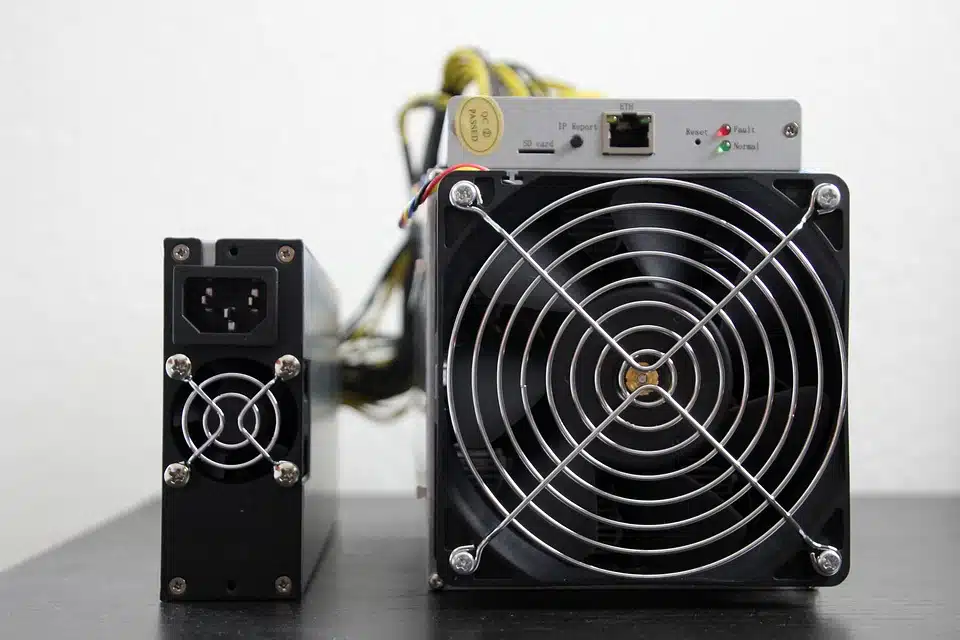Vitalik Buterin, one of the co-founders of Ethereum, recently made an interesting move in the cryptocurrency market. He deposited 500 ETH to the Reflexer protocol and minted a RAI token, which he then exchanged for USDC. This move was made during a period of extreme market conditions, highlighting the importance of stablecoins in reducing exposure to the volatility of the cryptocurrency market.
The Reflexer protocol is a decentralized stablecoin platform that aims to bring more stability to users in the cryptocurrency space. The platform uses RAI, an ETH-backed stablecoin, to achieve this objective. RAI is designed to be more stable than BTC or ETH, which are known to be highly volatile.
Buterin’s move to use RAI to convert his ETH to USDC is significant for several reasons. Firstly, it shows that even the co-founder of Ethereum is looking for ways to reduce his exposure to the volatility of the cryptocurrency market. By using RAI, he was able to convert his ETH to a more stable asset, USDC, which was trading at a discount at the time.
Secondly, Buterin’s move highlights the growing importance of decentralized stablecoins in the cryptocurrency space. Stablecoins have become increasingly popular over the last year, as they offer a way for users to mitigate the volatility of cryptocurrencies while still retaining the benefits of blockchain technology.
Stablecoins have been around for several years, but they gained significant attention in 2020 when the market experienced a significant crash due to the COVID-19 pandemic. This crash resulted in a significant decrease in the value of cryptocurrencies, which led to increased interest in stablecoins as a means of hedging against market volatility.
Stablecoins are designed to maintain a stable value by tying their value to a fiat currency, a commodity, or another digital asset. Tether (USDT) is the most popular stablecoin, followed closely by USD Coin (USDC). These two stablecoins together make up over 90% of the stablecoin market.
Stablecoins have several use cases in the cryptocurrency ecosystem, including reducing exposure to volatility, providing a more stable trading pair, and increasing liquidity on cryptocurrency exchanges. The addition of stablecoins to cryptocurrency exchanges has allowed traders to easily move between cryptocurrencies and fiat currencies without having to leave the exchange.
However, stablecoins also come with some risks, including the possibility of the stablecoin price deviating from the peg, the possibility of the underlying asset backing the stablecoin losing value, and the potential for stablecoins to be used for illicit activities such as money laundering and terrorist financing.
To address some of these concerns, regulators have started to scrutinize stablecoins, with some calling for stricter regulations. The Financial Stability Oversight Council, a US government body, has stated that stablecoins pose a potential risk to financial stability, and that they should be subject to stricter regulation.
In addition to stablecoins, decentralized finance (DeFi) has also gained significant attention in the cryptocurrency space. DeFi refers to a collection of financial applications built on blockchain technology that aim to disrupt traditional finance by providing decentralized alternatives to financial services such as lending, borrowing, and trading.
DeFi has grown considerably over the last year, with the total value locked in DeFi protocols reaching over $80 billion in May 2021. However, DeFi also comes with its own set of risks, including smart contract vulnerabilities and the potential for hacks and other security breaches.
Despite the risks associated with stablecoins and DeFi, their popularity is likely to continue growing as more people recognize the benefits of decentralized financial services. Vitalik Buterin’s move to use RAI to convert his ETH to USDC highlights the growing importance of stablecoins in the cryptocurrency space, and their role in reducing exposure to market volatility.
In conclusion, Vitalik Buterin’s recent move to use RAI to convert his ETH to USDC during a period of extreme market conditions highlights the significance of stablecoins in reducing exposure to the volatility of the cryptocurrency market. Stablecoins have become increasingly popular over the last year, and their role in the cryptocurrency ecosystem is likely to continue growing. However, it is important to recognize the risks associated with stablecoins and DeFi, and regulators will likely continue to scrutinize them in the coming years.


